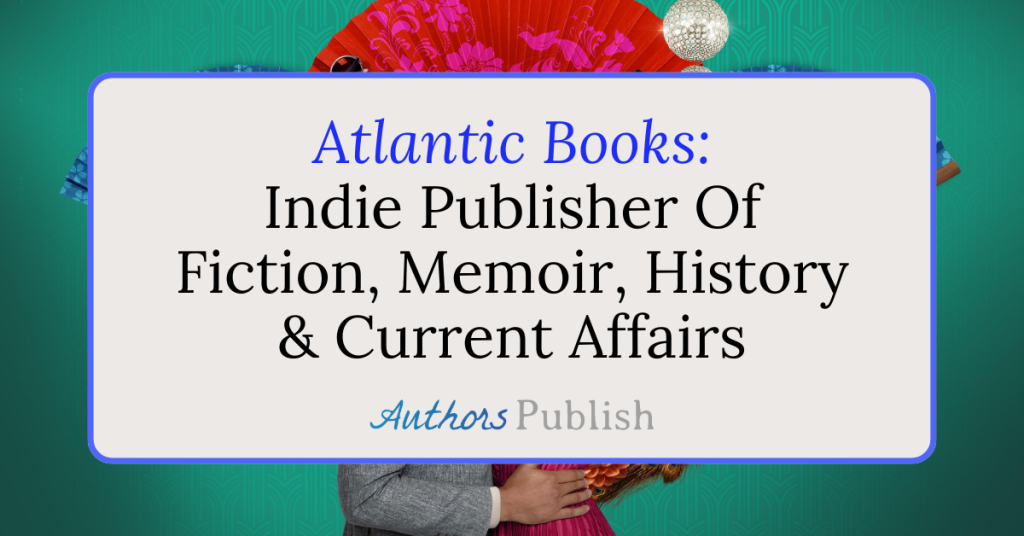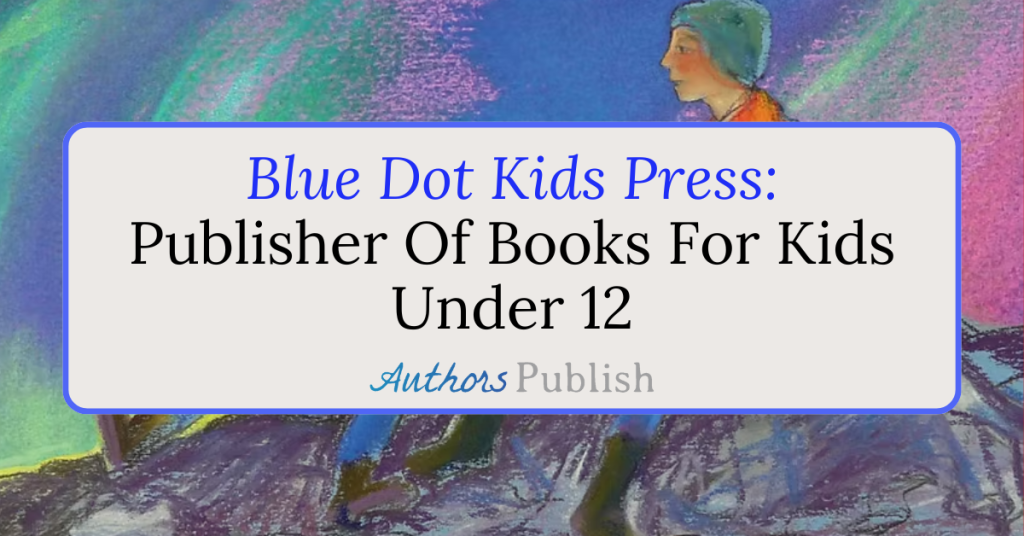When I first started writing, I went with the tried and true method of putting one word after the other. I was thirteen at the time.
Now that I have spent a great deal of time and effort advising others on how best to publish their novels, I have a different perspective.
Some of it comes from talking with authors about their work, some of it comes from successfully finding publishers for that work.
A great deal of my perspective comes from reading debut novels, actively attending conferences, participating in the publishing community, and from talking directly with agents and publishers.
By working with a wide range of clients as a submissions advisor, I have discovered that many of the extensive re-writes and dispiriting encounters with agents and publishers could easily be avoided by thinking about your novel in terms of publishing – before you start it!
I’m not saying you should scrap all your good ideas just because they don’t appear to be publishable. But, if you approach writing a book with the following factors in mind, it should help you write a better, more publishable book.
Determine Your Genre Beforehand
Genre is the style or category of writing an author chooses.
Figuring out your genre is important because genre determines a lot about your story. Different genres have different expectations in terms of length, content, and even main characters.
For example, a work of middle-grade fiction has to be on the shorter side of things. The content generally can’t be too dark (there are exceptions, but there are often reasons for those exceptions), the language tends to be “clean”, and an adult character will never be a “Point of View” character.
If you know what genre you are writing in, it can also help you read other books in that genre, to help strengthen your own.
This is a good starter guide to some of the common genres.
Choose tense and point of view before you start writing
Most writers have a default setting. They automatically write a certain way, be it past tense or present, first-person POV or third person. Figuring this out ahead of time is very helpful and can make a huge difference in terms of rewrites, revisions, and editing.
You can write a story in past tense or present tense. Both are commonly used in novels. You just have to be consistent.
Past tense (walked, drank, was) is and always has been more prevalent.
Using present tense (is, hopes, walks), is comparatively rare, but more common than it was a decade ago. Present tense is more common in debut novels, short stories, and literary fiction.
Past tense is more common in everything else, particularly genre fiction.
Past tense is more familiar to readers and they are less likely to notice it at all. It reads more seamlessly. Yet present tense gives you a sense of immediacy that past tense doesn’t.
Either way, it is something to figure out when you start writing.
POV (Point of View)
Historically, I have always written in rotating first-person POV, which involves a lot of I’s and chapter headings that include names. But I’ve realized, as a reader, I very much prefer third-person limited. It’s easier to read and it feels more honest. It’s also much trickier to get rotating first-person POV books published. It’s much easier to handle a large cast of characters with rotating third-person limited POV.
Below, I’m going to outline the different POVs you can write from.
First-person: Written from the perspective of the I. We get to learn all of the character’s thoughts and feelings this way (unless they are an unreliable narrator). It can be very immersive, but it is hard to pull off more than one POV in a manuscript like this and make them all feel unique. It can be used most effectively from one person’s POV.
Second-person: This is from the perspective of the “you.” It is sometimes used in short stories and never used in manuscript length work in a sustained way. It is very limited and for the most part distracting.
Third-person objective: The facts of the story are reported by an impersonal observer. This can work well in short stories but is very tricky to pull off in a manuscript length work.
Third-person omniscient: An all-knowing narrator interprets events and also conveys the thoughts and feelings of the characters the book contains. This is more common, although still unusual. A Series of Unfortunate Events by Lemony Snicket is narrated this way.
Third-person limited: focuses on a single character, but the story is not told in the character’s words, which creates distance between reader and character. This is by far the most common and flexible form of third-person narration and is seen in most novels that are not first-person POV.
If you’ve written manuscripts in the past, see what tense and POV they contain. This can help you figure out what works for you.
I think it’s important, for the most part, to avoid using an obscure POV (anything other than third-person limited, first-person), or past tense, unless you have reasons justifying the choice you are making, such as the nature of the story or the genre.
It’s also really important to stick to one style of POV. I’ve noticed a lot of first-time authors have sections or chapters that are in second-person while the rest of the story is first-person.
I’ve also seen a lot of stories that are told in third-person limited for the most part that slip into third-person omniscient, and into first-person. That is so hard on the reader. Editors and agents are looking for work with consistent POVs and tenses.
Determine that you are the right person to write the story
There have been a lot of active conversations about cultural appropriation for the last decade, but it is particularly prevalent for a good reason. The recent controversy over the book American Dirt is a good example of this.
Now, I’m not saying that you won’t get a book published about a culture you are not a part of (because the above link makes it clear that you can), but it is much harder if you are not an established author, and more importantly, at least from my limited perspective, why would you?
The same could be said of identity, to a certain degree. For example, I will never be a gay man in my twenties. So, while I could probably write a convincing secondary character with that identity, for him to be a point of view character would be difficult for me to pull off.
I do not think this applies to male authors writing women, and vice versa, if done correctly (and it isn’t always).
Currently, cultural and identity appropriation is taken seriously, and your manuscript is not as likely to be accepted by an agent or a publisher if it contains these issues.
I’m not saying your manuscript can’t intersect with different cultures and experiences that you have not personally had; that would also be a problem. But do research, be open-minded, seek other people’s opinions, and take them into consideration. Treat anyone you talk to with the utmost respect.
Often, there are ways into a story that aren’t so laden with traps, be it the outsider’s perspective, or altering the universe the story takes place in.
But more importantly, you personally are equipped to write certain stories that no one else can. I have always pushed against the saying “write what you know,” because my characters have always been more adventurous (and frankly more dangerous than me). But I have come to learn that even when I write fantasy, I tend to put a fair amount of my own personal truth in it, even if it is a fictionalized version of that truth. I think this makes a story stronger and easier to connect with for agents and publishers.
In Conclusion
In this article, I outline a few of the important factors to consider before writing your novel. I wasn’t able to add all the factors or go into all the details that I wanted to, particularly in the genre section, because of limited time, and the structure of the article as a whole. (I am considering writing a book on the subject.)
However, I have created a 4-week course about this subject, because I am so passionate about it. As part of the course, I give feedback on your ideas, on your writing plan, and reading list, and on the first twenty pages. (You can learn more about the course here.) I’m currently teaching my first session of the course, and am enjoying it tremendously.
It is of the utmost importance to me that authors write the story they want to write. I have discovered that by knowing the things that I have outlined above, writers can still write the story they want to write, but knowing that information greatly increases their chances of getting published while decreasing the number of revisions.
Emily Harstone is the author of many popular books, including The Authors Publish Guide to Manuscript Submissions, The 2019 Guide to Manuscript Publishers, Submit, Publish, Repeat, and The Authors Publish Guide to Children’s and Young Adult Publishing.
She occasionally teaches a course on manuscript publishing, as well as a course on publishing in literary journals.






